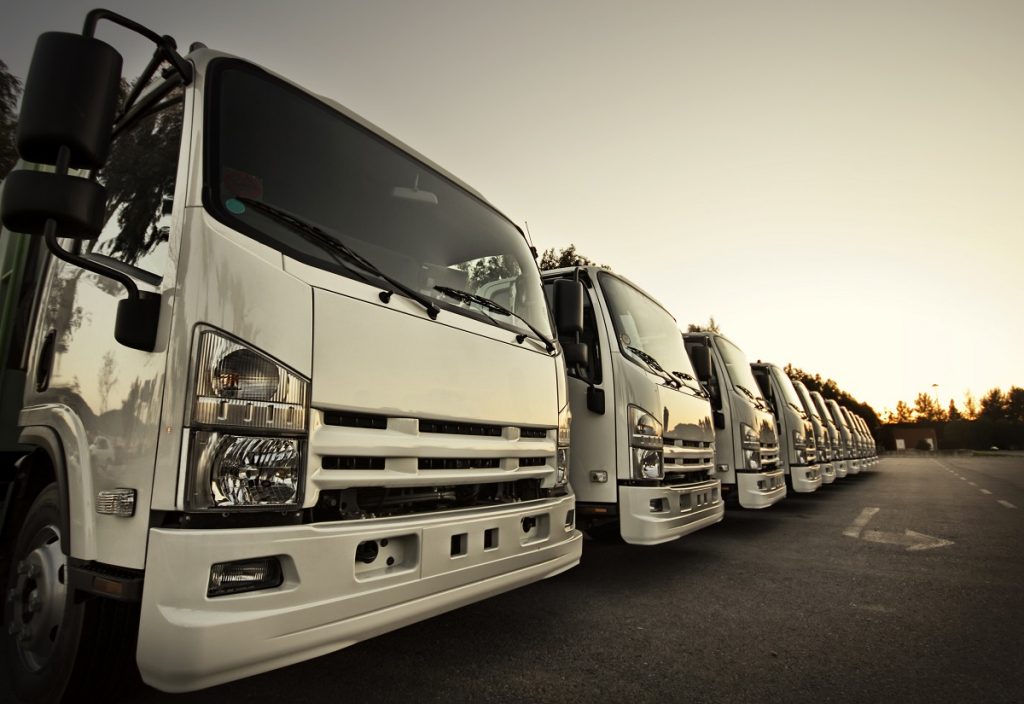Automation doomsayers often profess that the trucking industry — particularly truck drivers — will be one of the hardest to be hit by automation. Driverless trucks will be plying the highways and truck drivers will be left without jobs. Fears of automation have dissuaded potential drivers from starting their careers in trucking, but will automation truly replace human drivers?
Driverless Trucks?
Automated systems are already in use. They have been a part of one industry for decades. The airline or aviation industry has been using automated guidance systems on their planes for more than a century. However, pilots are still essential in operating an airplane. Flying a plane involves fewer variables than driving a truck. There are no turns, no traffic lights, no bumps in the road, and no other vehicles. Driverless trucks will potentially be more dangerous than pilotless planes, and the USA does not have pilotless planes. Trucking companies are the first to decry the automation rumor. The technology isn’t there yet, and trucking companies won’t risk getting sued for accidents committed by faulty or inadequate programming. Theft also becomes a bigger problem as driverless trucks are easy targets for thieves and criminals.
More Drivers Not Fewer

Automation in trucking will operate similar to a plane’s autopilot, merely assisting the truck driver at specific points in the road. Even now, most automated systems only allow for lane centering and following distance adjustments — a far cry from the task of driving a truck under ever-changing road conditions. What mechanical systems can do is operate like glorified cruise control for a truck, taking over on long stretches of highway and allowing its driver to lie back on his seat. The driver still needs to pay attention to the road at all times, but the automation enables the truck to cruise at optimal speeds to lower fuel consumption. Automated trucks will also be able to self-diagnose, making maintenance easier. Industry insiders believe automation will allow trucking companies to fully utilize their vehicles, with more trips and less downtime. More drivers will be needed, and their jobs will be somewhat easier because of automation.
The Real Threat to Trucking
While automation will not have a significant impact on the trucking industry, the fear of automation already has the industry reeling. Potential drivers are scared off by the threat of automation, leading to fewer truckers every year. Truck drivers are getting old, with the median age at 55. The industry is in desperate need of new drivers, with starting wages now getting close to $50,000 and average wages exceeding $65,000. The age requirement for CDL licenses is also a problem as drivers are required to be 21 before they can cross state lines. In 5-10 years, the trucking industry could face a massive driver shortage partly because of the fear of automation and restrictive policies.
The trucking industry will always need people. From the workers loading the conveyor belts to the drivers driving the truck. Instead of replacing them, automation will work hand-in-hand with workers and drivers, making their jobs more comfortable and safer.

